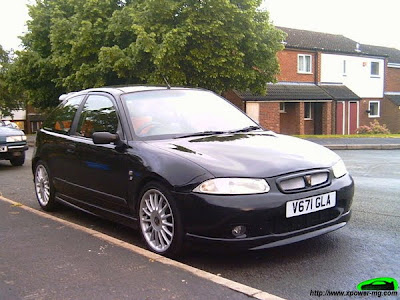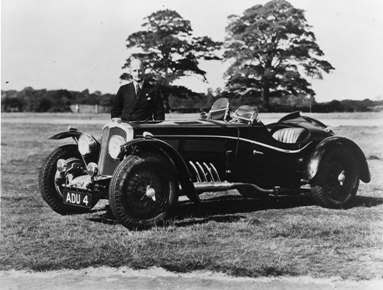Mg Classic Cars
Models Mg Rover 200 Series
Mg Classic Cars
Models Mg Rover 200 Series
Mg Classic Cars is a former MG British sports car manufacturer. The Rover Group plc was the name given in 1986 to the British state-owned vehicle manufacturer previously known as British Leyland or BL. Owned by British Aerospace from 1988 to 1994, when it was sold to BMW, the Group was broken up in 2000 with the Rover and MG marques being acquired by the MG Rover Group.
The Rover Group's first significant new car launch was the Rover 200, which was introduced in October 1989. Unlike its predecessor, it was a three- or five-door hatchback instead of a four-door saloon. It used a new range of 16-valve K Series petrol engines as well as a Peugeot 1.9 diesel and 1.8 turbodiesel both fitted to the Phase 1 Peugeot 405. Sales were stronger than its successors, and its launch coincided with a winding-down in production of the similarly-sized Maestro, which finally ceased production at the end of 1994 having spent the final years of its life as a budget alternative to the more upmarket Rover 200. Coupe and cabriolet versions of the 200 were later sold, and these were sold alongside the all-new 1995 model and continued until that model was upgraded to become the Rover 25 in 1999. The 1989 Rover 200 was a strong seller throughout its life and its successor continued this trend, though its final year of production (1999) saw a significant dip in sales. These strong sales were not as high as the ever-popular Ford Escort and Vauxhall Astra. The Rover 200 had actually been around since 1988 as the Longbridge-built Honda Concerto, which offered a higher level of equipment but only achieved a fraction of its sales.
The Rover Group's first significant new car launch was the Rover 200, which was introduced in October 1989. Unlike its predecessor, it was a three- or five-door hatchback instead of a four-door saloon. It used a new range of 16-valve K Series petrol engines as well as a Peugeot 1.9 diesel and 1.8 turbodiesel both fitted to the Phase 1 Peugeot 405. Sales were stronger than its successors, and its launch coincided with a winding-down in production of the similarly-sized Maestro, which finally ceased production at the end of 1994 having spent the final years of its life as a budget alternative to the more upmarket Rover 200. Coupe and cabriolet versions of the 200 were later sold, and these were sold alongside the all-new 1995 model and continued until that model was upgraded to become the Rover 25 in 1999. The 1989 Rover 200 was a strong seller throughout its life and its successor continued this trend, though its final year of production (1999) saw a significant dip in sales. These strong sales were not as high as the ever-popular Ford Escort and Vauxhall Astra. The Rover 200 had actually been around since 1988 as the Longbridge-built Honda Concerto, which offered a higher level of equipment but only achieved a fraction of its sales.
Related : Models Mg Rover 200 Series From Wikipedia, the free encyclopedia, Mg Classic Cars












